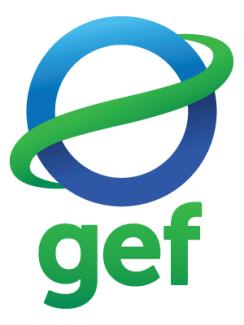Successful transactions that mobilize the private sector in conservation, including the Wildlife Conservation Bond and the Sovereign Debt Bond of Barbados, were highlighted during a session hosted by the GEF Pavilion at the UN Biodiversity Conference. The discussion, moderated by Avril Benchimol, Senior Blended Finance Specialist, GEF Secretariat, explored how these structures can be scaled to close the financing gap for biodiversity.
Michael Bennett, World Bank Treasury, presented the Wildlife Conservation Bond, tracing how it lifted risk from the donor and placed it on capital market investors, allowing the GEF to “pay for success.” He emphasized that the five-year USD 150 million bond was not a philanthropic exercise: “This was something where we wanted to structure a bond that could actually have a proper risk reward for investors and bring in real investors.”
Kevin Bender, The Nature Conservancy, provided a view of how “debt for nature swaps” have matured from bilateral agreements into the newer structure that includes credit enhancement. He highlighted successes from the blue bond in Belize, which lowered the USD 550 million of debt down to USD 364 million.
Stephen Liberatore, Nuveen, reflected that “using blended finance requires sound partnerships with organizations like the GEF, the World Bank, and The Nature Conservancy in order to access to their technical experts.”
Elisson Wright, World Bank Group, concluded by emphasizing: the need to continue to engage both public and private actors; and the importance of working with conservation entities that have “tremendous track records.”

